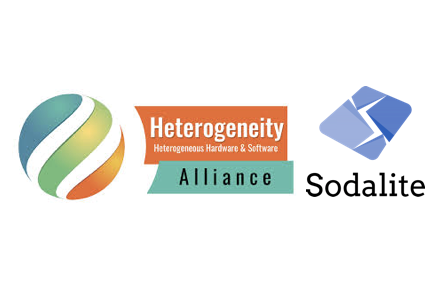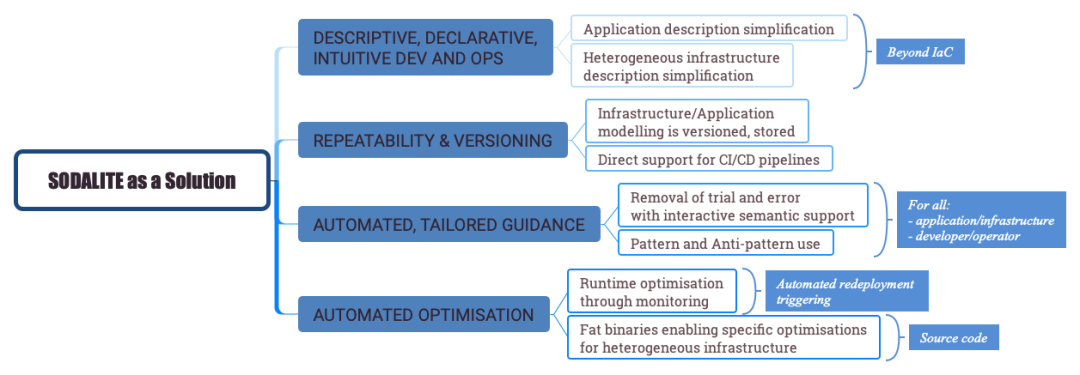In recent years, the global market has seen a tremendous rise in utility computing, which serves as the back-end for practically any new technology, methodology or application-level advancement, from healthcare to aerospace. Many trends contribute to the impact of utility computing, including heterogeneity of used resources and absence of vendor lock-in In particular, the technological advantage of a heterogeneous approach and its related challenges have been highlighted by some interesting European initiatives.
The Heterogeneity Alliance is a research network addressing the heterogeneity challenges focused on heterogeneous hardware and software, enabling a new wave of development and execution tools for next-generation applications. Its main goal is to join the efforts of its members relying on their common interest in the development of future technologies and tools to advance, and take full advantage of computing and applications using heterogeneous hardware. The reference architecture is exhibited in Figure 1. SODALITE is part of this Alliance since October 9, 2019, and its profile is available online at Sodalite profile at heterogeneityalliance. This initiative can be a good source for fruitful collaborations with experts in related domains. (examples are, the Barcelona Supercomputing Center, the H2020 E2Data project, Atos, InAccel, or the University of Manchester).

